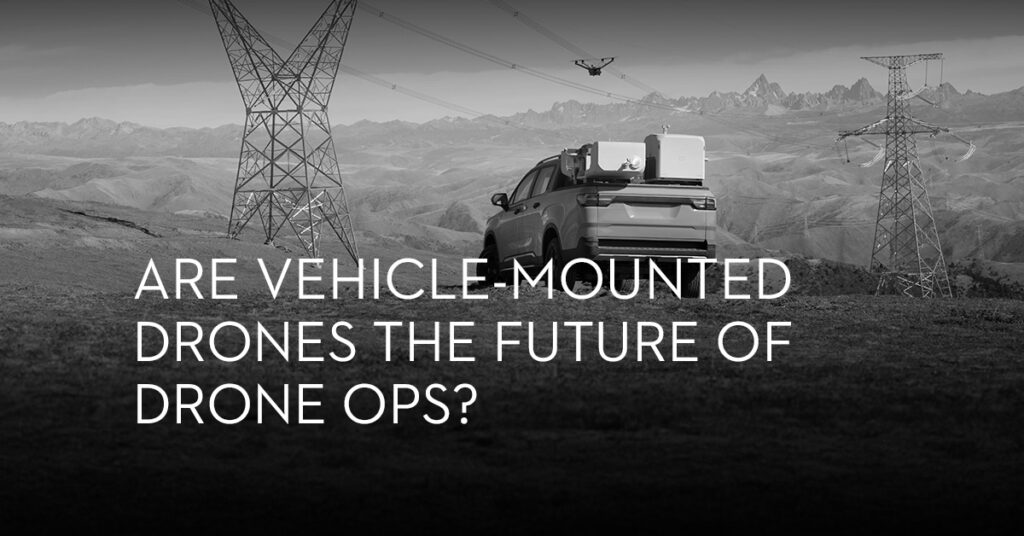
This evolution addresses two major bottlenecks in commercial drone use
Geographic Inflexibility: Fixed docks require advanced planning, infrastructure, and permitting. A mobile dock travels with the operator, enabling immediate deployment wherever needed.
Operational Latency: With traditional setups, drones must fly long distances to reach their targets. Vehicle- mounted systems reduce flight time and energy use by launching closer to the point of interest.
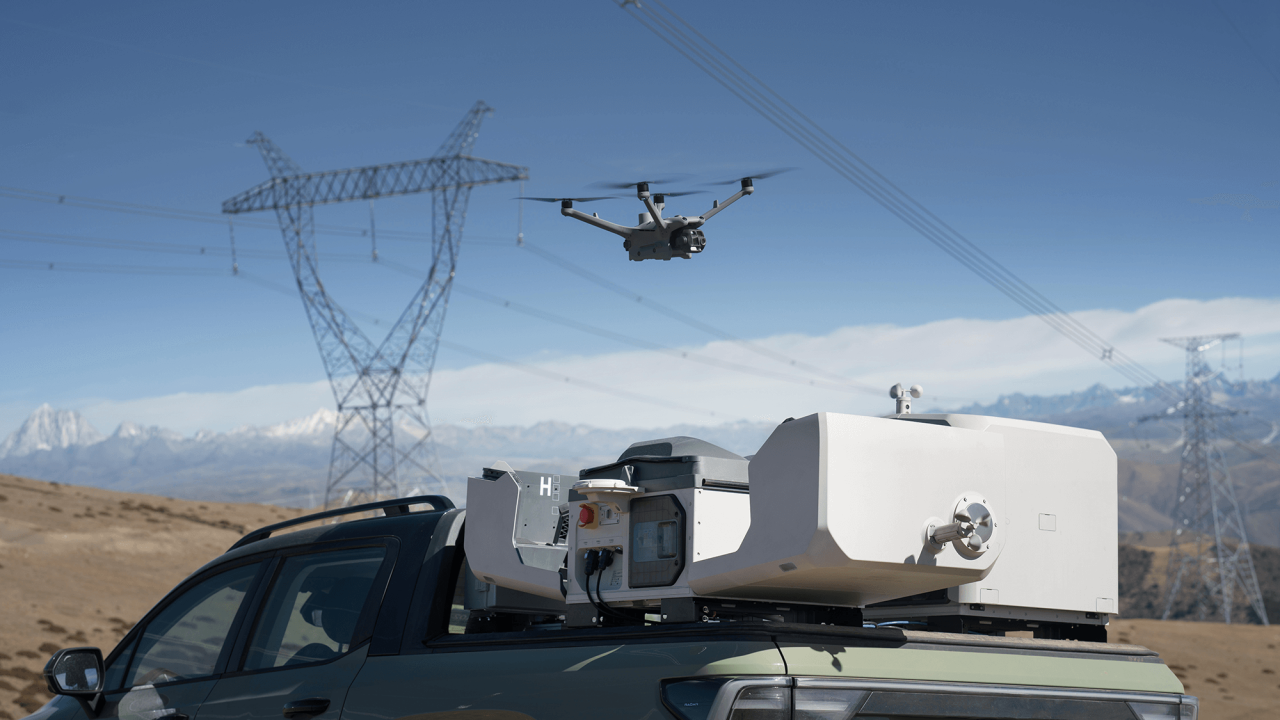
The potential benefits of this shift extend across multiple sectors that rely on frequent or wide-area monitoring.
Utility and Infrastructure Inspection
Maintenance crews can now perform inspections on the go, deploying drones directly from vehicles as they patrol power lines, pipelines, or cell towers. This reduces the need for site-specific dispatches and cuts inspection times drastically.
Public Safety and Emergency Response
First responders equipped with mobile drone docks can deploy aerial systems while en route to emergencies. This enables pre-arrival visual assessments of fire zones, traffic incidents, or natural disasters, saving time when it matters most.
Agriculture and Land Management
Agronomists and field technicians can launch drones as they move through large farms, collecting crop data dynamically without the need to return to a central station. Coverage becomes continuous rather than segmented.
Logistics and Asset Monitoring
Transport vehicles equipped with drones can oversee supply chains in real-time, identifying hazards or blockages and reducing delays in critical delivery routes.
Technology Catches Up with Concept
The idea of launching drones from moving platforms has been explored for years. But only now has the supporting technology matured enough to make it viable at scale.
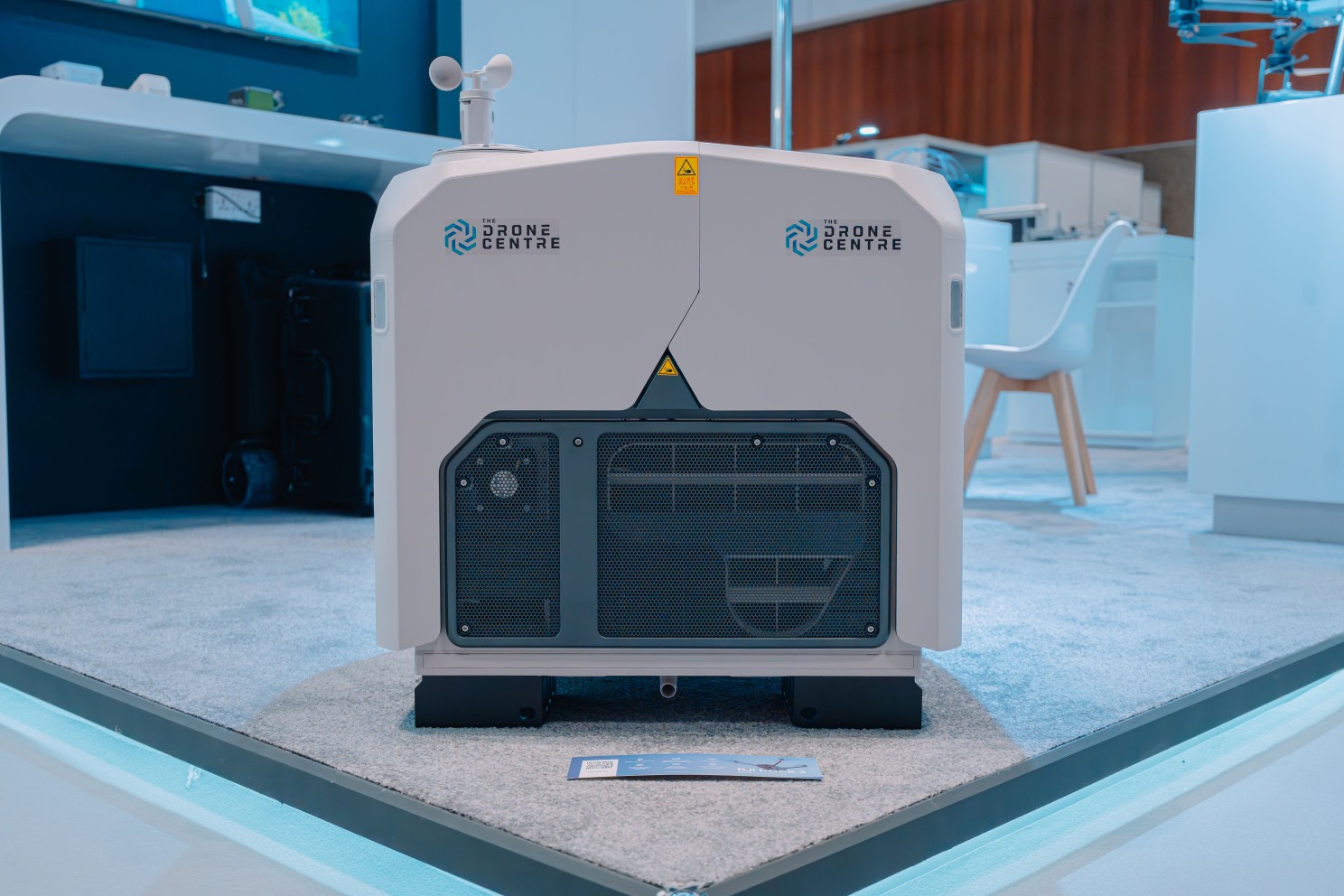
Key developments include
Several new generation docking systems now feature adaptive stabilisation, automated environmental monitoring, and self-heating components, making them suitable for mounting on trucks, vans, and even light off-road vehicles.
Systems, like the DJI Dock 3, also support dual-dock configurations. Two autonomous drone stations can be mounted on the same vehicle, enabling alternating operations without delay. As one drone returns, the second can launch, keeping workflows uninterrupted.
Though not yet widespread, early adopters have begun field-testing these capabilities, reporting measurable gains in coverage efficiency and reduced operational costs.
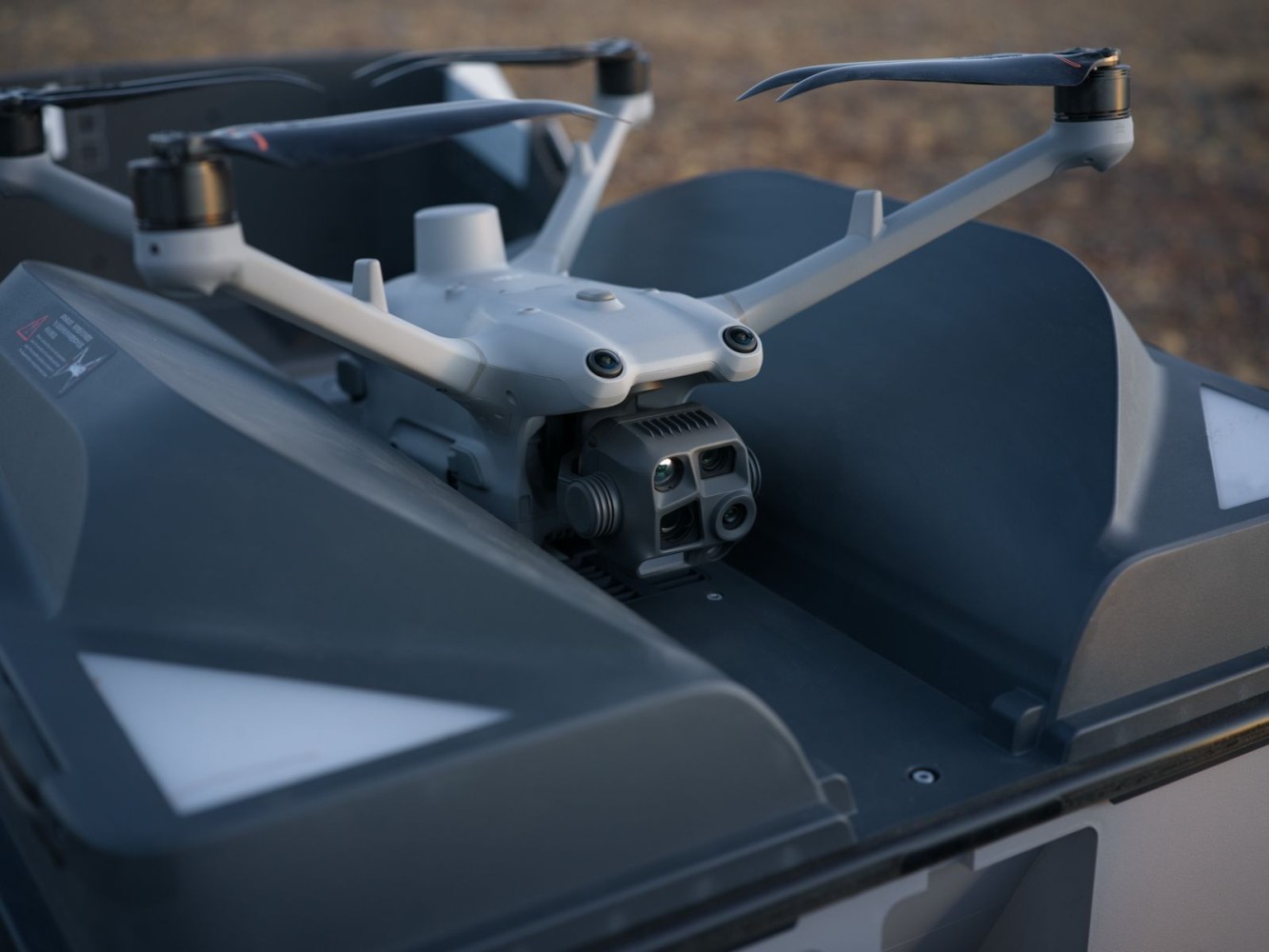
As with any new deployment model, mobile drone docking introduces fresh challenges. Airspace coordination becomes more complex when the base of operations is in motion. Permissions for takeoff and landing may need revision in jurisdictions where drone regulations assume fixed launch points.
Battery logistics also takes on new importance. Vehicles must support enough power throughput to maintain drone readiness without compromising other onboard systems.
Additionally, data integration is a growing concern. As drone missions multiply in frequency and location, syncing and analysing the influx of aerial data in real-time will require stronger back-end systems.
Despite these hurdles, momentum is building.
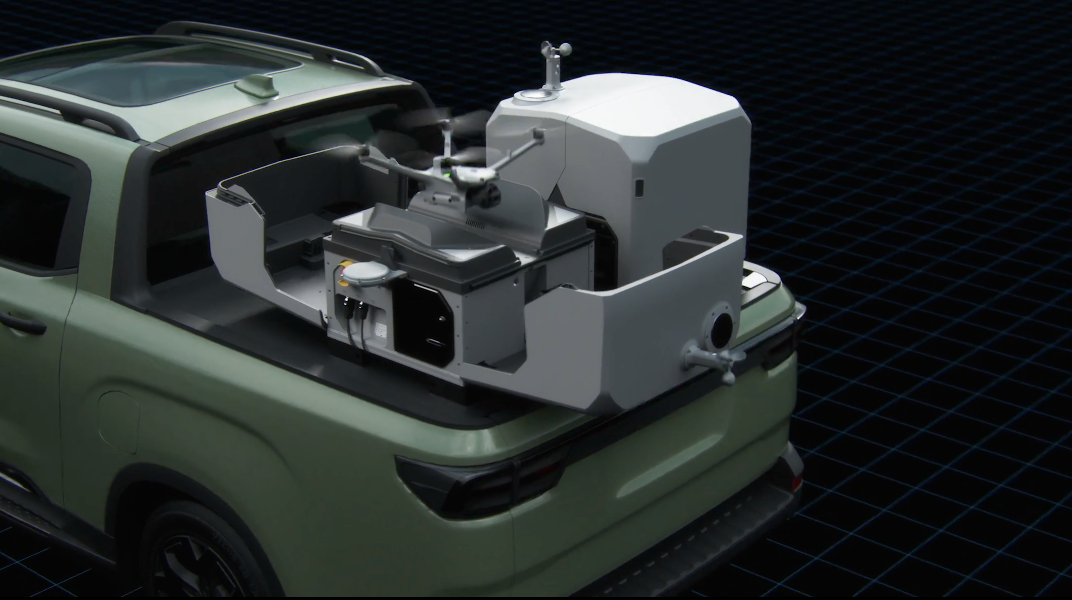
The shift from stationary to mobile drone infrastructure reflects a broader trend: unmanned systems are becoming embedded within operational workflows rather than sitting outside them.
This transition could alter how companies think about drone fleets entirely. Instead of centralised teams managing flight operations, field teams may take control, turning drones into tools as accessible as handheld scanners or radios.
The more seamlessly drones integrate with everyday movement, the more value they can deliver across industries.
With vehicle-mounted systems now viable, the commercial drone market is moving toward a future that is faster, more flexible, and far more dynamic.
The infrastructure is no longer stationary. Neither is the potential.